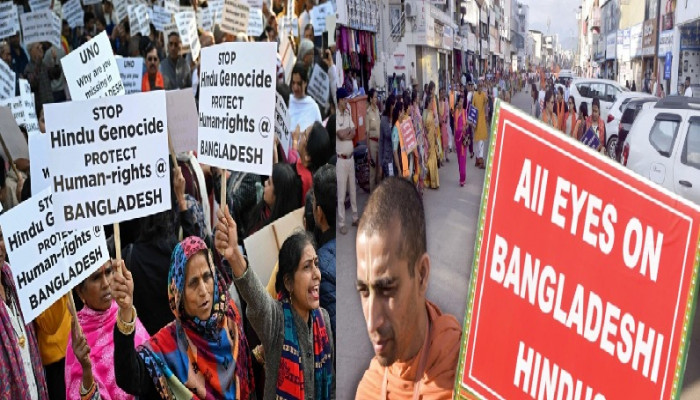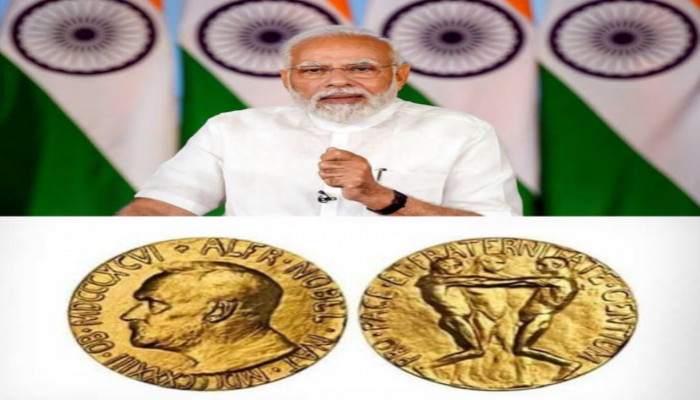- Dec 21, 2025
- Dr. Srikanth Appikonda
Featured Articles
In the Melody of Telugu
I traverse the vast landscapes of music, yet only the old Telugu melodies feel like home to me. Timeless melodies of the 1950s and 19G0s carry a gentle resonance - calm, tender, and soothing, offering rest to a weary traveller beneath a tree, where the leaves murmur softly in a playful breeze. Classic Telugu melodies hold me in a quiet, inexplicable spell. Though I speak Telugu, reading and writing it elude me. everyday conversation feels natural, but the classical literary forms remain largely inaccessible. The solace I find in old melodies, then, goes beyond poetry or literal understanding. Nostalgia offers no easy answer either; I barely heard those songs while growing up. Raised outside Andhra, my childhood soundscape was shaped mostly by Hindi music. Yet what I lack in linguistic mastery has turned into an unexpected gift. My limited grasp of Telugu frees me from analysis and allows me to experience the language in its purest form, not through meaning, but through sound. When I listen to the old melodies, I perceive something my conscious mind does not need to translate. Perhaps the inexplicable spell arises from my fragmented roots: Telugu is neither familiar enough to dissect nor distant enough to breed indifference. My relationship with it exists in sound and rhythm, rather than literal understanding. Those golden-era songs, with their unhurried pacing, simple orchestration and poetic phrasing, sung in voices that carried restraint and dignity, transform Telugu itself into music. In its lyrical and classical form, the language awakens something deep and instinctive, something that feels unmistakably like belonging. Still, the question lingers: could this simply be subconscious bias? After all, Telugu is my mother tongue. To explore how language alone can reshape the emotional texture of a melody, it is revealing to look at compositions that share the same musical foundation across different languages. The immortal Brundavanamadi Andaridi, composed by S. Rajeswara Rao for the Telugu film Missamma (1955), finds counterparts in Tamil as Brindavanamum Nandhakumaaranum (Missiamma, 1955) and in Hindi as Brindaban Ka Krishna Kanhaiya (Miss Mary, 1957). Carried across languages without altering the melodic core, this composition offers an opportunity to listen beyond familiarity and meaning and to hear how language itself reshapes musical perception. A comparison of the three versions reveals notable differences in vowel richness, word density, and lyrical textural differences that significantly influence musical flow. The Telugu version is strikingly vowel-rich, with most words ending in open vowels, such as andari vaadele, aanandamule, and pongadate. This creates a bright, continuous tonal stream that lends itself naturally to sustained notes and a smooth, cohesive melodic line. Tamil too favours vowel endings, such as selvamandro, mayangaadhavaro, thullaadhaa, but balances them with consonant closures like brindhaavanamum and yaavarukkum. The result is a texture that remains fluid while introducing gentle rhythmic punctuation. Hindi, by contrast, employs a more varied mix of vowel and consonant endings, such as aankhon ka taara or ghat saavan ki, producing a more dynamic and speech-like texture. Additionally, Hindi’s more analytic structure leads to a higher word count. Where Telugu and Tamil often compress meaning into agglutinative forms, Hindi typically unfolds the same idea across multiple words. The Telugu brundavanamadi conveys “belonging to Brindavan” within a single word, while Hindi requires vrindaavan ka. Similarly, andari vaadele succinctly expresses “he belongs to everyone,” a thought that Hindi expands into sab ka pyaara. This linguistic economy allows Telugu and Tamil to maintain greater vowel continuity and melodic smoothness, while Hindi’s word-rich phrasing introduces more articulation points within the tune. A similar pattern emerges in A. R. Rahman’s Kaatre En Vaasal from the Tamil film Rhythm (2000), later composed in Telugu as Gaale Naa Vatikikoche and adapted into Hindi as Paighaam Laya Saawan for Lakeer. Once again, the Telugu version is the most vowel-saturated, with an uninterrupted stream of open vowel endings that allows melodic phrases to stretch and flow with minimal interruption. The song moves like the breeze it describes. Tamil maintains vowel dominance but introduces soft, nasal consonants that add gentle rhythmic definition without breaking the melodic line. Hindi, with its greater number of consonant endings, introduces frequent micro-pauses that anchor the melody. The result is a sound that is texturally rich and expressive, yet more segmented and speech-oriented than its South Indian counterparts. Taken together, these examples suggest that Telugu’s vowel-rich structure with fewer acoustic obstacles naturally supports a seamless melodic flow, Tamil offers a measured balance between fluidity and form, and Hindi, navigating a denser phonetic terrain, delivers narrative richness and variety. Linguistic structure, through vowel-consonant patterns and word density, quietly but powerfully shapes how a melody is felt. Listening to these shared melodies feels like walking through open country toward home. Hindi is the winding road that leads the way; expressive and narrative, carrying the song forward with purpose, one turn at a time. Tamil becomes the stone path at the threshold; carefully carved and firmly set, balanced and enduring, giving the melody shape, weight, and quiet dignity. Telugu is the gentle breeze that moves through the space itself; slipping past pillars and across courtyards, unbound by edges or intention. Each language, with its own nature, is essential to the journey; together they allow the same melody to be felt not as a single place, but as a passage. And when the weary traveller finally arrives, it is often that breeze, gentle and soothing, that feels most like home. And for those who wish to linger a little longer in that breeze, these are a few melodies to return to, songs that seem to belong to a quieter time. They may carry you back to another time, carefree and unhurried, when conversations drifted across wide courtyards, voices settled on worn stone steps or small cots, and a radio was left playing softly, letting music fill the spaces in between. Akasha veedhilo andala jabili Nannu dochukunduvate Lahiri lahiri lo Mabbulo yemundi Telisindile telisindile Chelikadu ninne rammani piluva Pagale vennela Adutu paadutu pani chesthunte Ravoyi chandamama Prema yatralaku Nannu vadali Chitapata chinukulu Repanti roopamkanti …and so many more, waiting to be heard again.- Dec 21, 2025
- Dr Ryan Baidya












